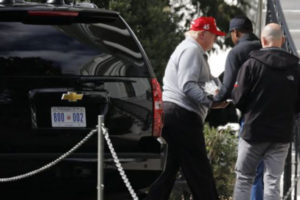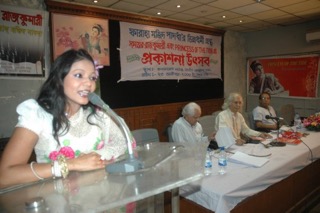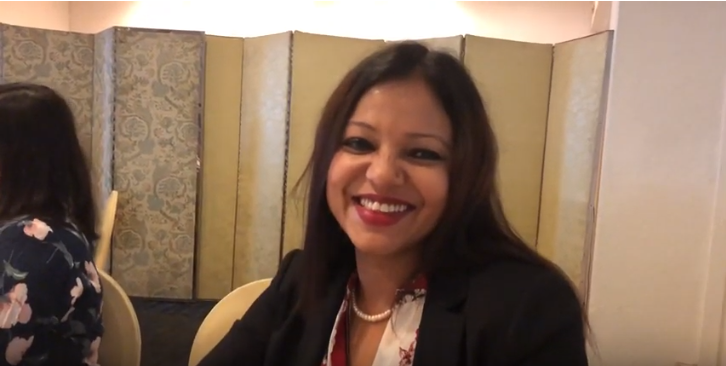Uber’s public stock offering next month will make a bunch of people remarkably rich. Peter Ashlock is not one of them, although he has toiled for the ride-hailing company almost since the beginning.
Ashlock, who will be 71 next week, has racked up more than 25,000 trips as an Uber driver since 2012. His Nissan Altima has 218,000 miles on it — nearly the distance to the moon. His passengers rate him 4.93 out of five stars. His favourite review: “Dude drove like a cabdriver.”
While he is an integral part of Uber’s success, Ashlock is barely getting by. His 2018 tax return will show an adjusted gross income in the neighbourhood of $40,000, better than 2016 and 2017. But he has maxed out his $3,200 credit limit at the local Midas car-repair shop and needs to come up with $5,000 to pay his taxes. He has Social Security but no savings to buy a new car that will let him keep working.
Silicon Valley has always been a lottery where immense wealth is secured by a few while everyone else must hope for better luck some other time. Rarely, however, has the disparity been on such stark display as with Uber. Its stock market value is expected to be about $100 billion, which would make it one of the richest Silicon Valley public offerings of all time.
Among those with something to celebrate: Uber’s founders, the Japanese conglomerate SoftBank, the elite venture capitalists Benchmark and Google’s GV, Saudi Arabia’s Public Investment Fund and the mutual fund giant Fidelity. Some have already cashed in. Travis Kalanick, Uber’s co-founder and chief executive until he was forced out after a series of scandals, reaped $1.4 billion by selling fewer than a third of his shares to private investors in 2017.
As independent contractors, drivers are not eligible for employee benefits like paid vacations or stock options. Uber said Thursday that it would offer bonuses of $100 to $10,000 to long-serving drivers. Its chief competitor, Lyft, did the same when it went public in March.
Ashlock, who lives with his wife, Daphne, in a rented house in the rural community of Cotati, 50 miles north of San Francisco, will take as much as he can get. But don’t call it a triumph.
“Ever see WC Fields in ‘The Bank Dick’?” he asked. “He catches a robber and retrieves the stolen $25,000, so the president of the bank gives him a hearty hand clasp and a beautiful illustrated calendar advertising the bank. It’s trivial.”
Ashlock illustrates the hollow promise of the so-called gig economy, which billed itself as being superior to the usual manager-employee relationship. It promised to harness the power of technology to liberate the struggling millions.
“Uber is a new way of working: It’s about people having the freedom to start and stop work when they want, at the push of a button,” Kalanick said in 2016.
The old-style taxi companies were an ideal villain. Taxi drivers, Uber proclaimed, were oppressed workers. In a 2014 press release, it said cabdrivers were required to spend “over $40,000 per year just to lease their taxi, so that wealthy taxi company owners can reap the benefits of drivers having no other option to make a living.”
Being an Uber driver, by contrast, was “sustainable and profitable,” the company said. Drivers were described as entrepreneurs with a median income of $74,000 in San Francisco and $90,000 in New York. A Denver cabbie who switched to Uber was quoted: “I feel emancipated.”
The Federal Trade Commission found the claims to be false advertising, and the company agreed to a $20 million settlement.
Ashlock spent a decade as a San Francisco cabdriver in the 1970s and 1980s as he sought to make a living as an artist. He recalls taking home about $500 a week, equivalent to $1,500 now. He bought gas for the cab but did not have to worry about repairs or upkeep.
In 2018, working mostly for Uber and a small amount for Lyft, he drove and drove and drove. That produced gross receipts of $88,661. The companies took $20,000 in commissions and fees. He can deduct $30,000 on his taxes for gas and depreciation. A small class-action settlement and Social Security helped his bottom line, but payments on an old student loan hurt it.
The more Ashlock drives, the faster his car depreciates, but it also speeds closer the moment when he will need to spend $23,000 he doesn’t have on a new Altima. He’s driving to pay his car-repair bills — $5,000 in the past six months, plus new tires.
“That was Uber’s big innovation — make the drivers absorb the overhead,” he said.
“It’s your classic rat race,” said Michael Reich, an expert on the economics of ride-sharing and a co-chairman of the Center on Wage and Employment Dynamics at the University of California, Berkeley. “You get deeper into a hole over time.”
Getting out poses its own problems. In a country that values the young and cheap, Ashlock has few other options to make a living.
“I am rather at Uber’s mercy,” he said.
On a recent Wednesday, Ashlock packed a corned beef sandwich, carrots, some C4 energy powder mixed with water, and a Kirkland Extra Strength Energy Shot. At 4:23 p.m., he set off for San Francisco, where the rides are.
He was on a Quest. This is Uber-speak for goals the company offers. If he completed 60 trips by Friday morning, for instance, he would get a $30 bonus. An additional 20 trips would yield a further $10. Uber needs drivers out on the streets — if riders have to wait, they might take their own car.
If Ashlock does not choose a Quest, he is assigned one. For full-time drivers, the goals can be lucrative if undependable: Nearly a quarter of Ashlock’s take-home pay from Uber last year was in the form of incentives. This one, however, was too small to bother with. “Thirty dollars,” he said, “is like ‘I don’t care.’”
A few minutes after 3 a.m., Ashlock was home again. According to Uber, he had made 25 trips in nine hours. He earned $200 in rides after Uber’s commission, plus $11 in tips and a $13 promotional bonus.
That’s nearly $25 an hour, which sounds impressive. But it cost $47 to fill up the Altima with gas. And he was actually working longer than he was on the clock. After he dropped off his last passenger and turned off the Uber app, it was 65 miles back to his house.





















